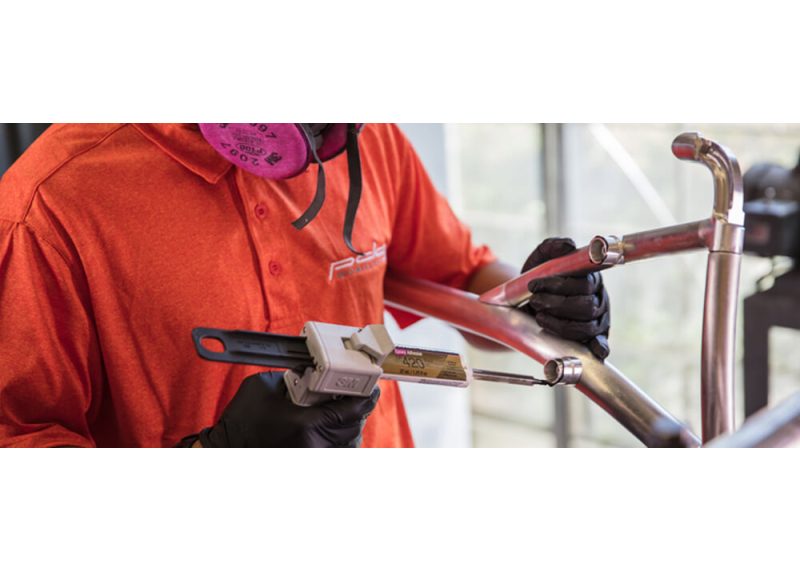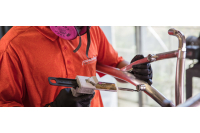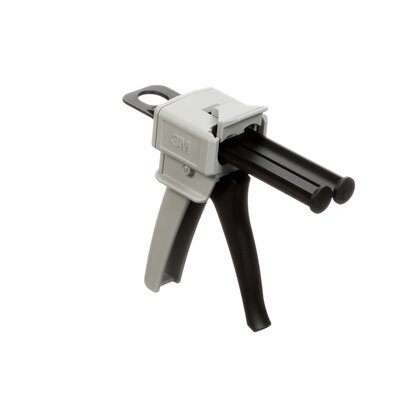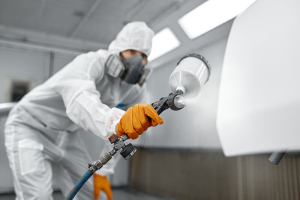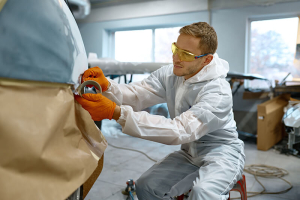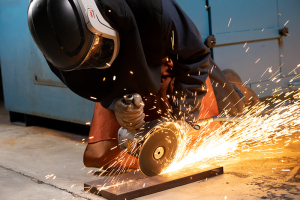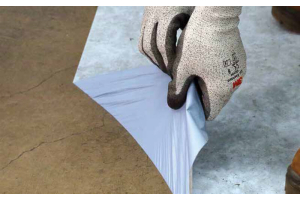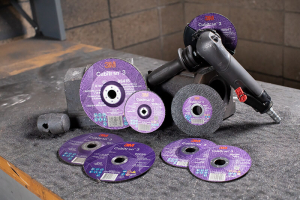Are You Using The Best Aluminum Attachment Method?
Aluminum Attachments:
Which Method Is Right For Your Process?
Part 1 of a two-part blog on aluminum bonding
Almost every manufacturer uses aluminium in its product - and its benefits are obvious. The most common metal found in the earth's crust, it's also incredibly eco-friendly. It is 100% recyclable and can be reused countless times without losing any of its properties, according to aluminum.org.
It's high strength-to-weight ratio, resistance to corrosion and light weight makes it a good choice for manufacturing, and it's used in everything from vehicles and electronics to fireworks and aerospace applications, according to aluminum.org.
And while aluminum comes with a broad range of benefits, it's important that manufacturers understand the unique challenges it presents when attaching it to other materials.
Traditionally, aluminum is attached to other materials using rivets, bolts and screws. Although these attachments may work in many cases, there are a few issues with these fasteners:
Stress Concentration: Using point fasteners creates a hole in the material, which can lead to weakness or material failure when a heavy load is applied.
Water Leaks: Point fasteners introduce holes into the aluminum surface, greatly increasing the chances of leaks and subsequent water damage.
Product Appearance: Depending on the type of and use for the product, you may not want a rivet, screw or bolt protruding from the surface. In those cases, you may want to consider a less obvious attachment method, like aluminum bonding.
Need For An Expert: Using a point fastener is less difficult, and doesn't require the expertise that using an aluminum bond does.
Understanding Aluminum Attachment Requirements
In many product bonding scenarios, aluminum is being attached to different materials. This can potentially present some issues if the materials have different thermal expansion rates (Coefficient of Thermal Expansion or CTE).
Aluminum's CTE is twice as high as glass, while some plastics are five times higher than aluminum. With this level of difference, you can see buckling or cracking depending on the rigidity of the joined materials. Using point fasteners can actually increase the possibility of crackling or buckling when attaching aluminum to some plastics. When attaching aluminum to another metal, you also need to make provisions for managing galvanic corrosion.
Have more questions? Post a question to 3M's assembly forum or check out the next blog in this series which covers aluminum bonding and adhesives in more detail.
See Why We're The Top Supplier For Industrial, Marine and Safety
30-Second Summary:
- ✔ Aluminum is the most common metal found in the earth's crust, and it's also incredibly eco-friendly. It is 100% recyclable and can be reused multiple times without losing any of its properties.
- ✔ Traditionally, aluminum is attached to other materials using rivets, bolts and screws.
- ✔ Using this method, there are several areas to consider:
- Stress Concentration: Using point fasteners create a hole in the material, which can lead to weakness or material failure when a heavy load is applied.
- Water Leaks: Point fasteners introduce holes into the aluminum surface, greatly increasing the chances of leaks and subsequent water damage.
- Product Appearance: Depending on the type of and use for the product, you may not want a rivet, screw or bolt protruding from the surface. In those cases, you may want to consider a less obvious attachment method, like aluminum bonding.
- Need For An Expert: Using a point fastener is less difficult, and doesn't require the expertise that using an aluminum bond does.
- ✔ Before bonding aluminum to other materials, you need to consider factors such as thermal expansion rates and galvanic corrosion.

